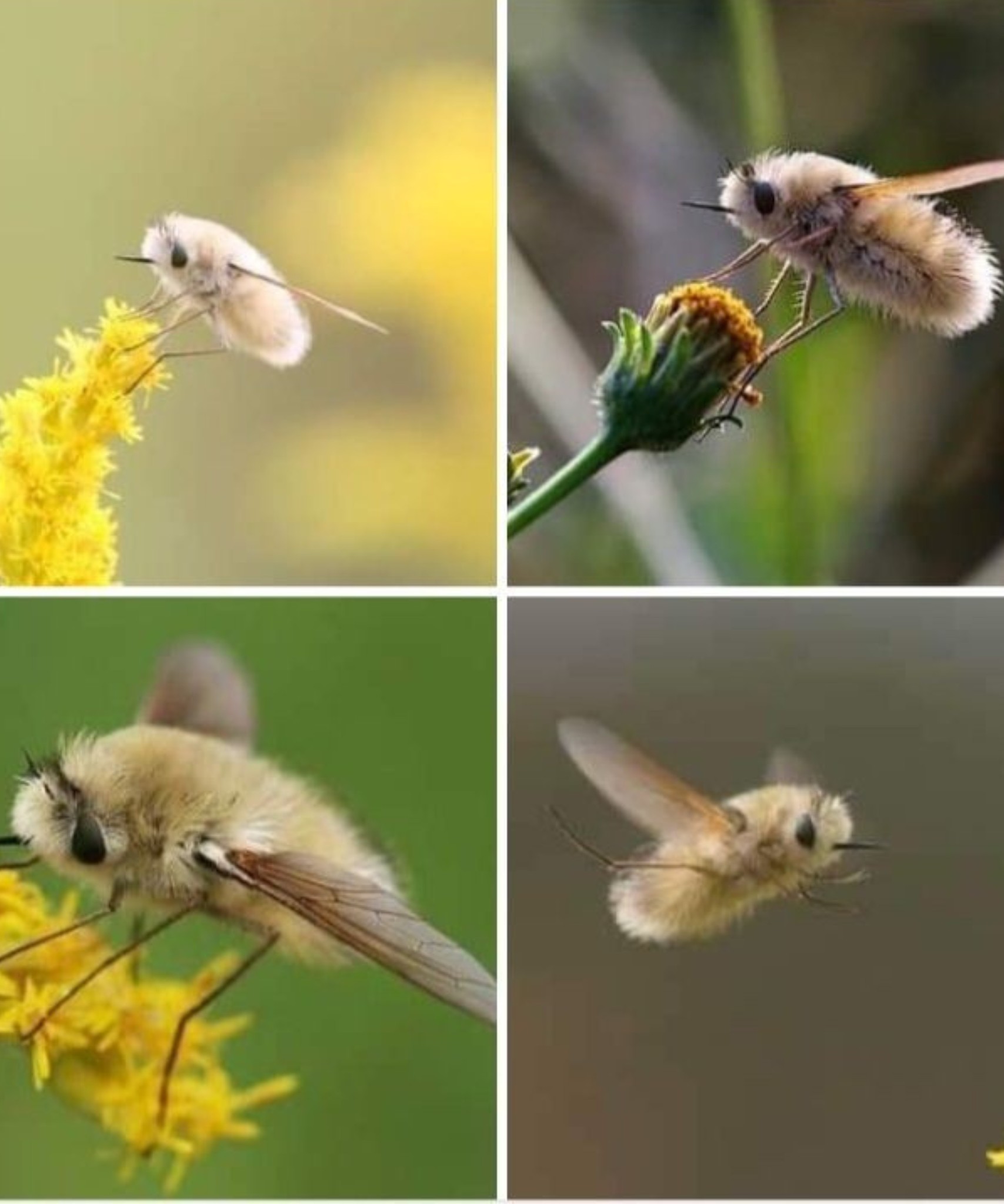Bee flies are aerial virtuosos. They can hover in place with remarkable control, often rivaling the precision of hummingbirds. Their wings beat so fast they become nearly invisible, creating a soft, whirring sound as they sip nectar without ever landing.
This hovering behavior not only adds to their charm—it also keeps them safe. By avoiding contact with petals and predators alike, they limit vulnerability while still fulfilling their pollination duties.
III. Where to Find Them – And Why You’ll Want To
A. Natural Habitats of Bee Flies
Bee flies prefer sun-drenched, flower-rich habitats. You’ll find them in meadows, woodland clearings, home gardens, and along hiking trails where wildflowers bloom in abundance. They thrive in temperate regions, particularly across North America and Europe.
Their seasonal debut occurs in spring and early summer, coinciding with the first flush of wildflowers—making their arrival a visual and ecological delight.
B. When and Where to Spot Them
Mid-morning to early afternoon is prime bee fly-watching time. During these sunlit hours, you might catch them hovering like fairy drones above violets, daisies, and buttercups.
Be on the lookout for their signature move: hanging mid-air with their legs dangling as they sip nectar, wings flickering in a blur of motion. They’re quiet and non-aggressive—often so subtle you might miss them unless you’re really paying attention.
C. How to Photograph These Aerial Gems
Capturing a good photo of a bee fly requires a mix of patience and timing. Use a macro lens if possible, and aim for early morning or golden hour when the lighting adds a dreamy softness to their already photogenic features.
Their shimmering wings, overstuffed eyes, and teddy-bear fuzz make them perfect subjects for high-detail nature photography. Avoid sudden movements—they’ll flit away in a blink, their wings catching sunlight like slivers of silver.
Final Buzz
Bee flies are the unsung heroes of the pollination world—charming, harmless, and incredibly effective. Whether you’re a gardener, a photographer, or simply a lover of all things whimsical, these fuzzy little acrobats are worth your attention. Next time you see something tiny and plush floating like a drone through your flowerbeds—don’t swat it. Snap a photo. You’ve just met nature’s cutest pollinator. 🐝✨
